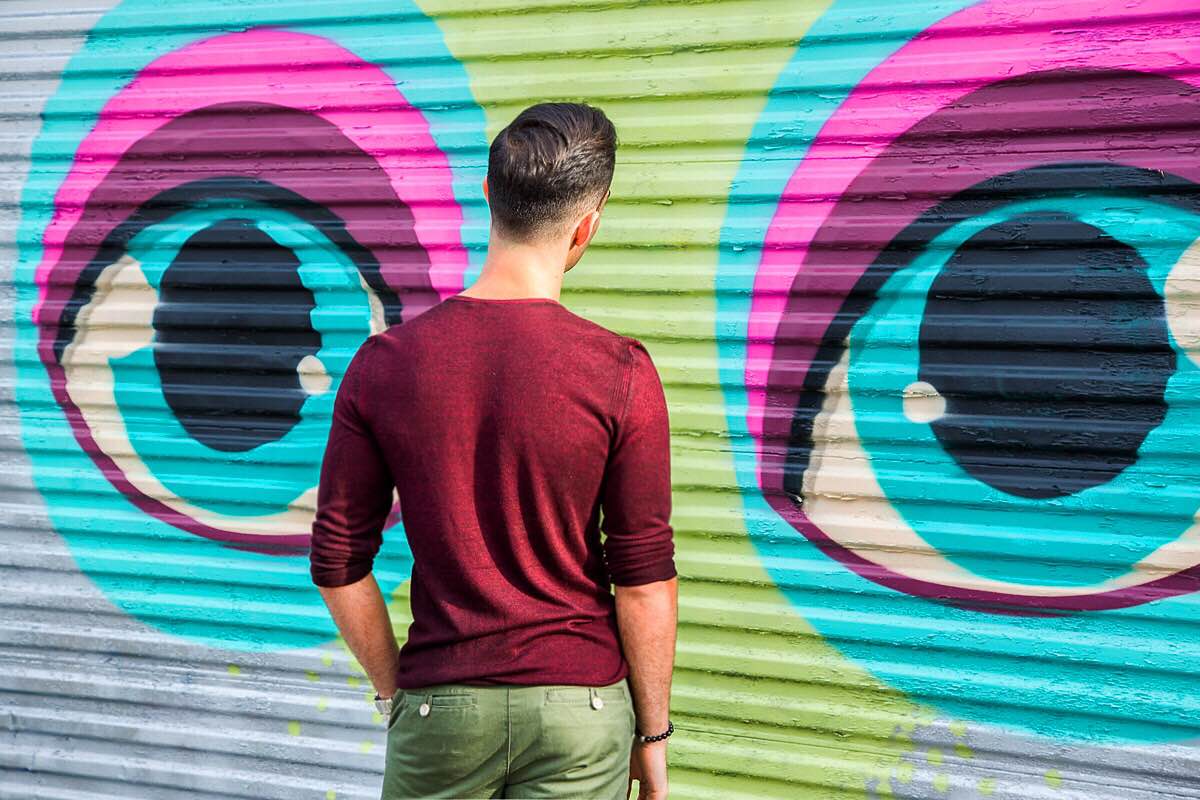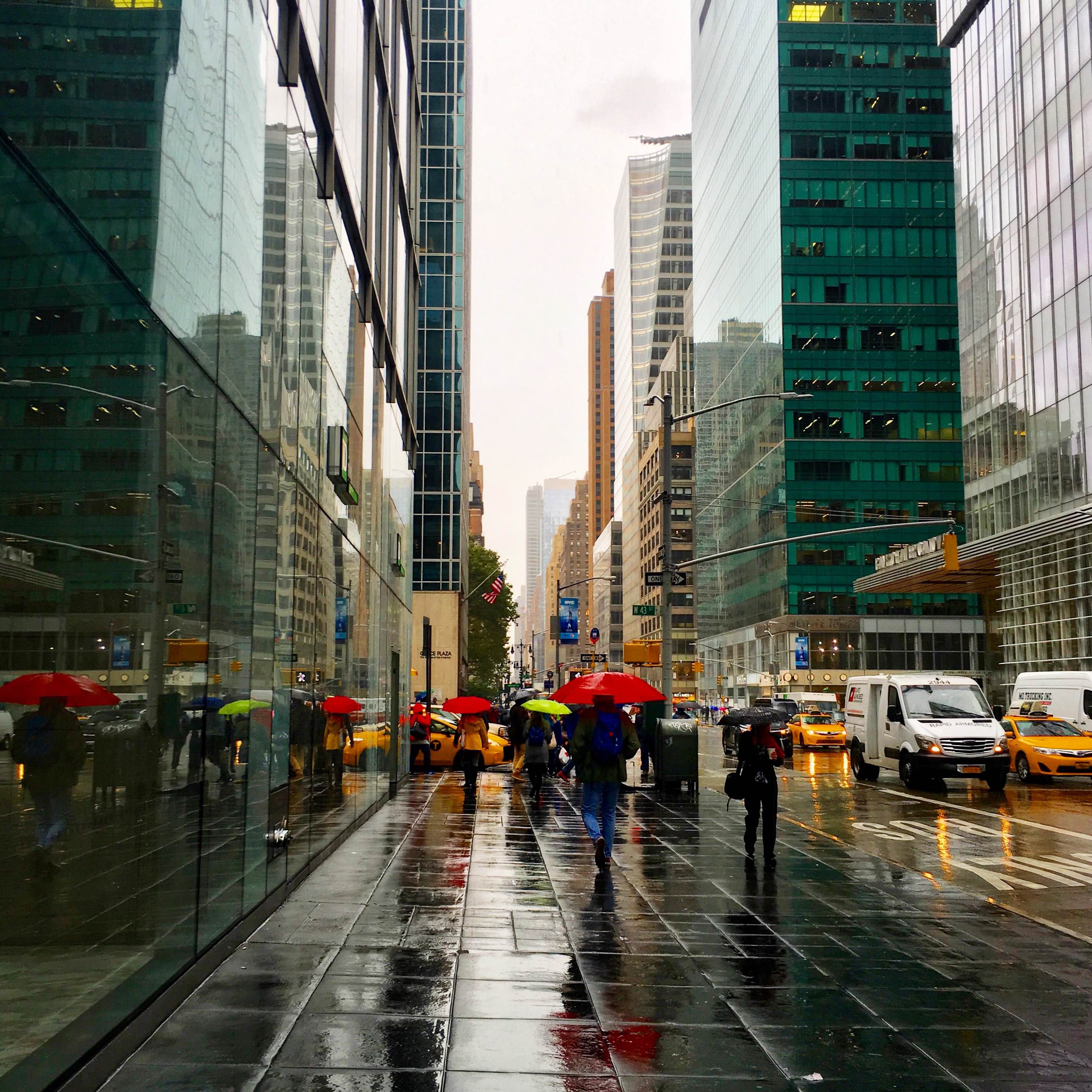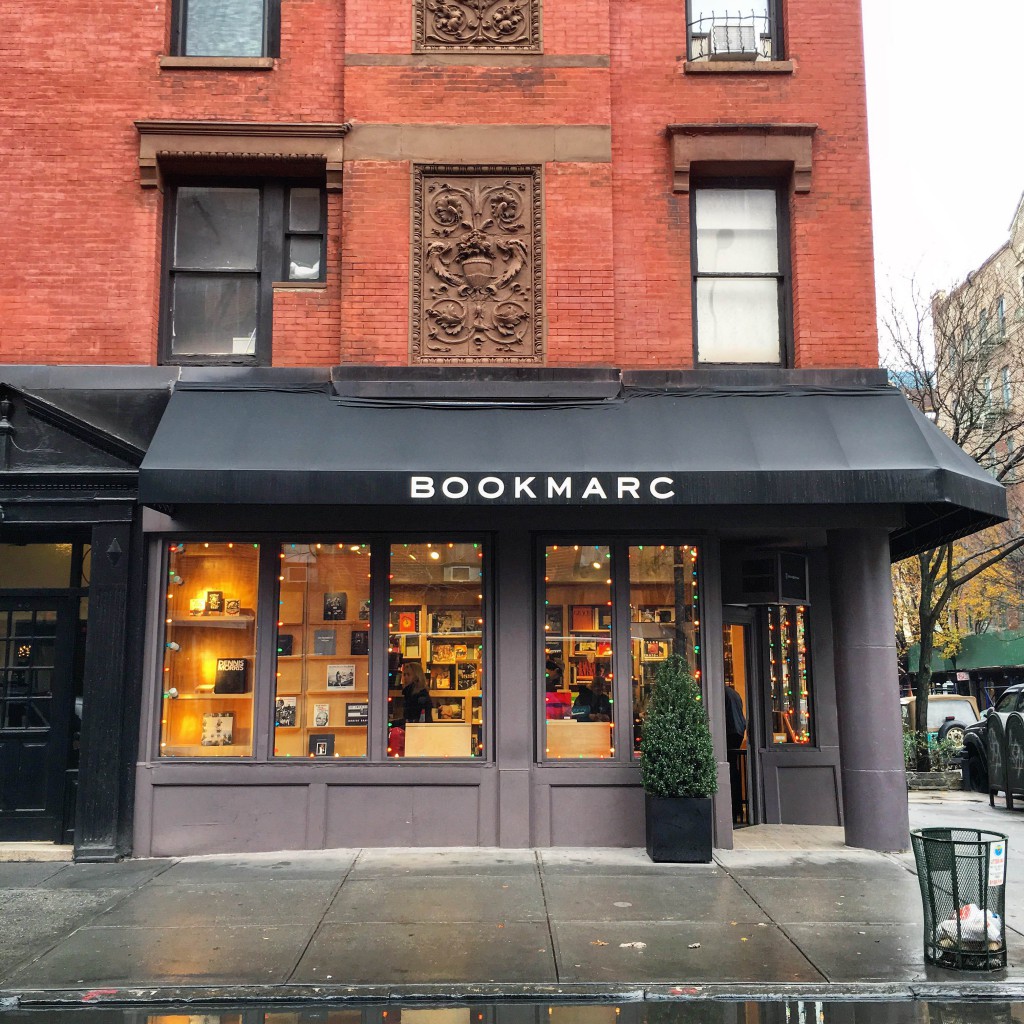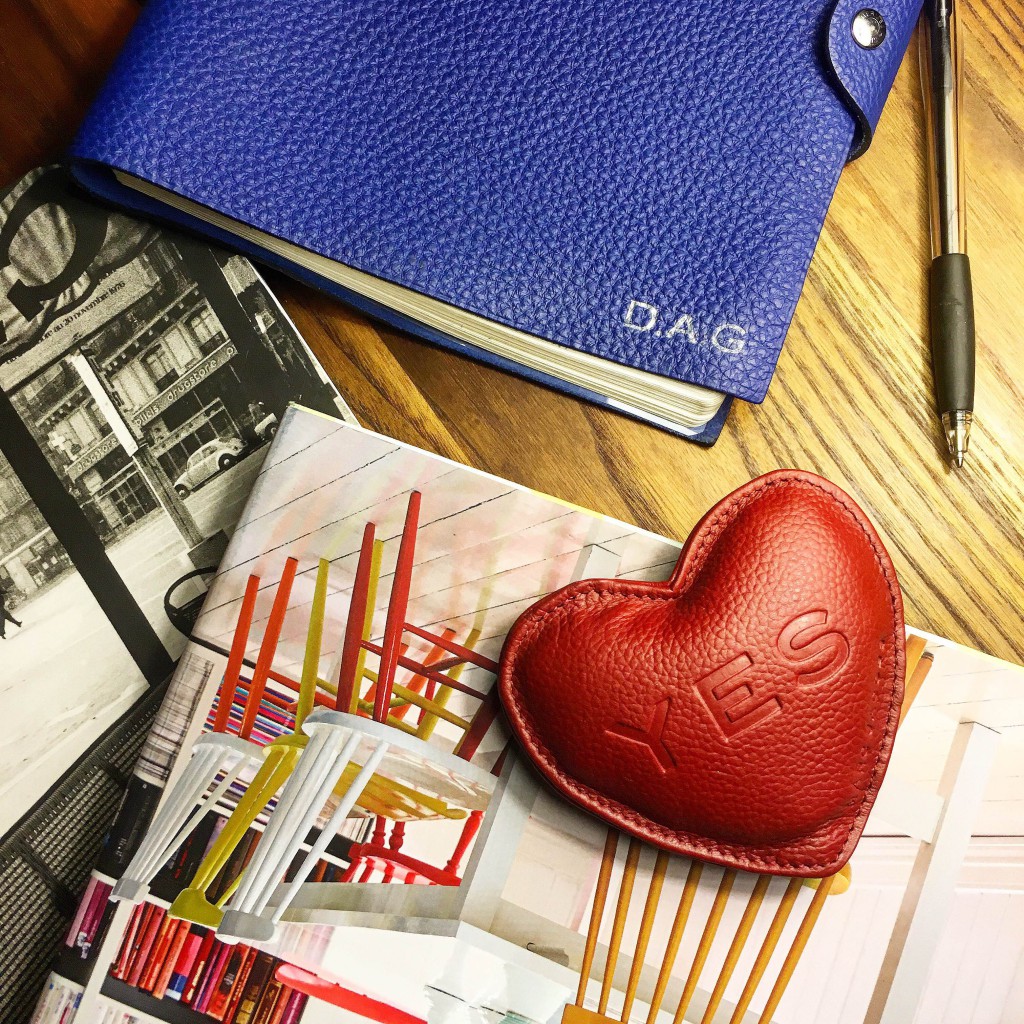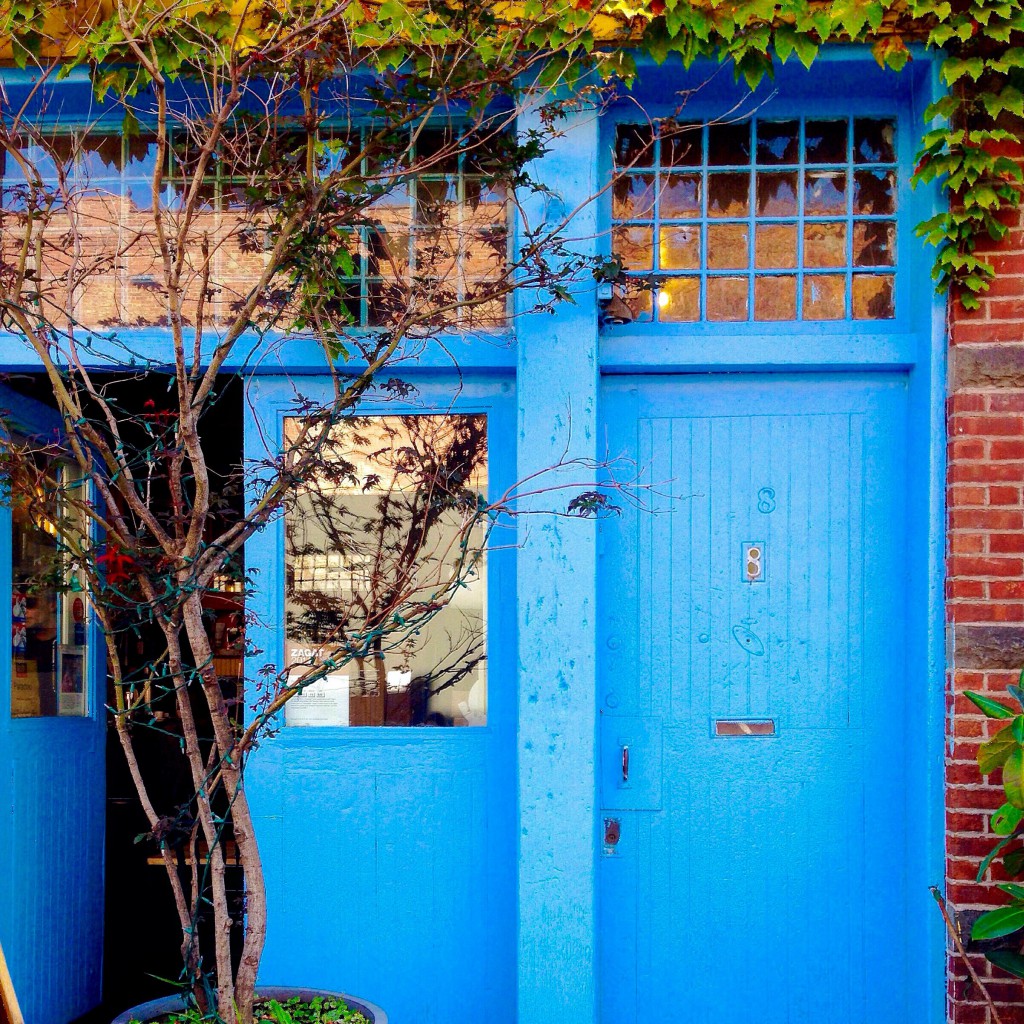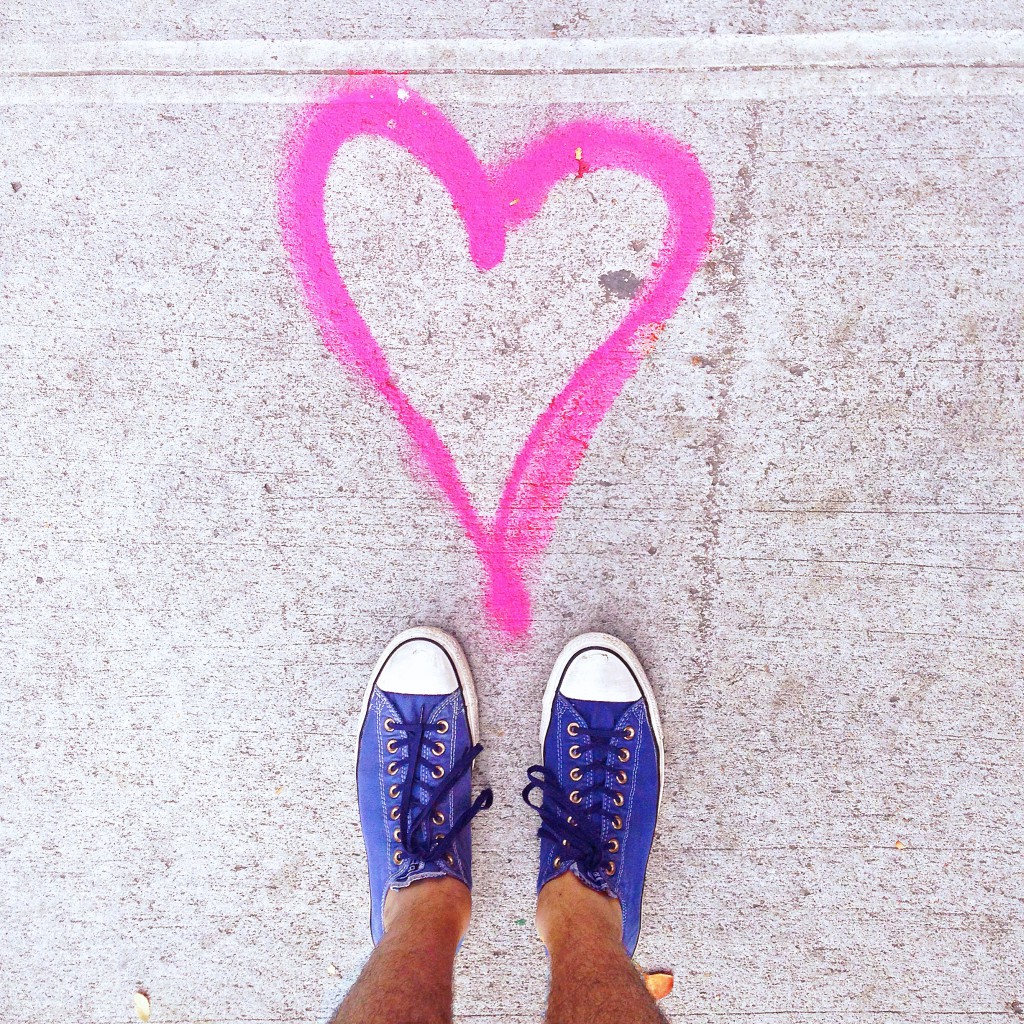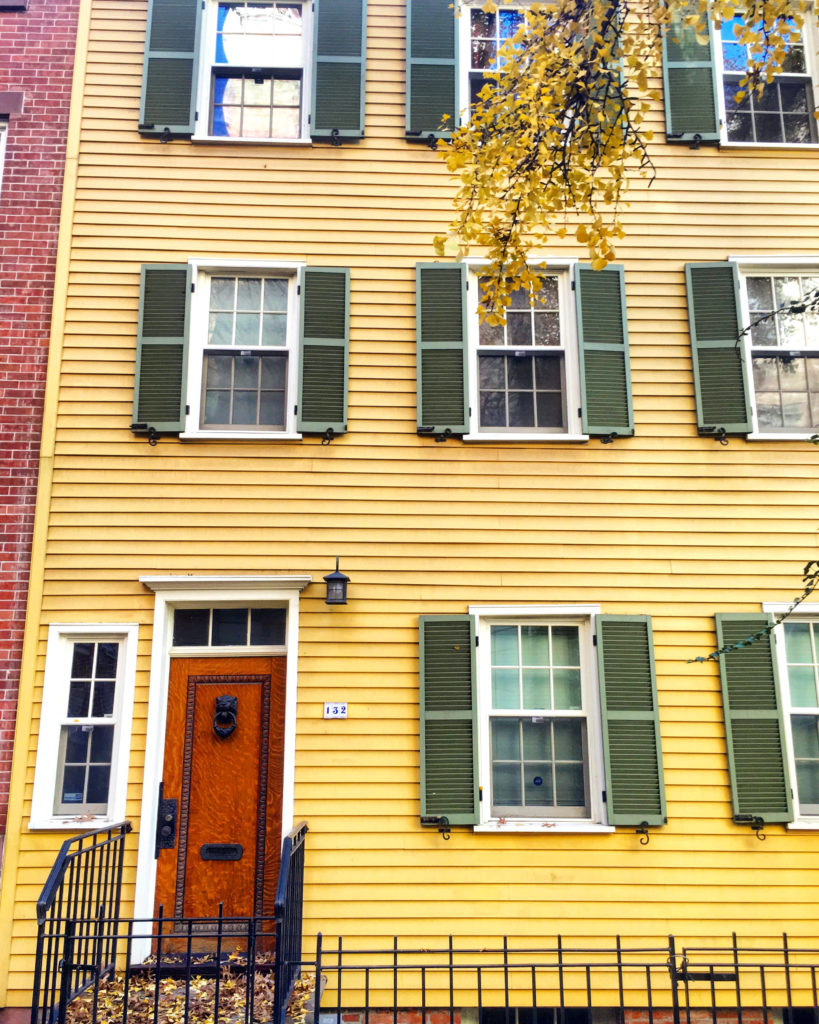 During my daily wanderings in the neighborhood, I always observe the area’s architecture: buildings of soft greys and beiges, quaint brownstones, moldings reminiscent of the Victorian era, and of course, facades of warm red bricks crumbling at their corners – that have all become so charmingly characteristic of the West Village.
During my daily wanderings in the neighborhood, I always observe the area’s architecture: buildings of soft greys and beiges, quaint brownstones, moldings reminiscent of the Victorian era, and of course, facades of warm red bricks crumbling at their corners – that have all become so charmingly characteristic of the West Village.
Today, however, on my way to The Elk, my beloved haven of a coffee shop, I passed by a building with a more distinct visual aesthetic: a modest, three-story building made of wooden planks painted vibrant yellow, with shutters as green as ivy.
I took a moment to stop and take in the site. Of course, the lemon-inspired building was individually unique and drastically different than the buildings around it. Yet, to me, its presence didn’t disrupt the visual fluidity of its more neutral surroundings. Rather than standing out from the rest unusually, I perceived the yellow and green building as a refreshingly bold ingredient that has been sprinkled into the grand recipe that is the West Village – adding a surprising sweetness to the neighborhood, as opposed to something random.
Others, however, might behold a different point of view – that this building is bizarre, strange, or odd, simply because it’s different – which is an unfair perception because those qualities rest on the building’s surroundings rather than its own individual identity. If the other buildings around it were painted of vibrant colors too, this particular building wouldn’t be different at all.
But even as “distinctive” and “unusual” are relative, flimsy qualities rooted in contrast and comparison, in my eyes, the yellow and green building embellishes its surroundings and contributes to the charm of the Village because of its uniqueness.
So perhaps we mustn’t think much of those judgments of us, that label us as peculiar or different in comparison to others – because who’s to say? Although being “different” is inevitable in many circumstances, we must remember the yellow and green building in a sea of neutrals sitting proudly on Charles Street: the needle in the haystack, or the sweet lemon in a row of bricks, if you will.
Perhaps if we embrace the qualities that make us unique and colorful and display them with confidence, we can view our differences as enchanting rather than odd, and add our own distinct flavors to the recipe that is life.
132 Charles Street, New York, NY 10014

